Índice:
- Introducción
- El auge del K-Pop
- La influencia del K-pop en las tendencias turísticas
- Planifique su viaje inspirado en el K-Pop
- Qué hacer antes del viaje
- Viajes a Corea del Sur y K-pop
- Vídeo informativo
Introducción
Pop coreano (K-pop) ha transformado la experiencia de los turistas Corea del Sur. Para muchos fans, los lugares de visita obligada incluyen localizaciones de vídeos musicales, lugares de reunión de ídolos favoritos y salas de conciertos. La popularidad mundial del género musical ha desencadenado un nuevo tipo de turismo, impulsado por la búsqueda de una experiencia auténtica y envolvente. Si quiere conocer la nueva forma en que viajeros y fans viven el El sueño de viajar a Corea del Sur, and you want to experience that too, this article is for you. Discover how K-pop is shaping the country’s tourism and get tips for your own adventure.
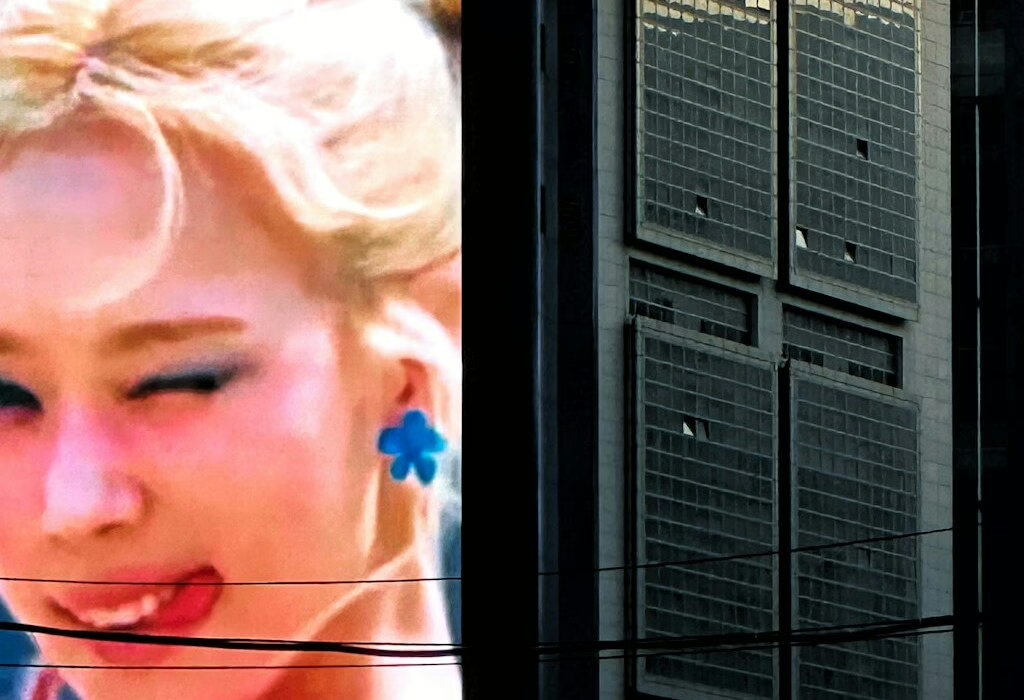
El meteórico ascenso del K-Pop
El ascenso mundial del K-pop fue gradual. Durante gran parte del siglo XX, la cultura surcoreana fue relativamente desconocida internacionalmente, en parte debido a la estricta censura política que duró hasta principios de la década de 1990. A medida que el país se democratizaba, los artistas ganaban libertad para expresarse abiertamente. Grupos como Seo Taiji and Boys, H.O.T. y g.o.d. provocaron una revolución musical en el país.
El apoyo gubernamental a la globalización cultural ayudó a que más artistas brillaran. En la década de 2000, grupos como Super Junior, TVXQ, Girls' Generation, Big Bang y Wonder Girls ganaron popularidad en Corea del Sur y Japóndonde algunos publicaron álbumes en japonés. Esta influencia internacional, conocida como Hallyu o la Ola Coreana, está moldeando la forma de viajar de los aficionados.
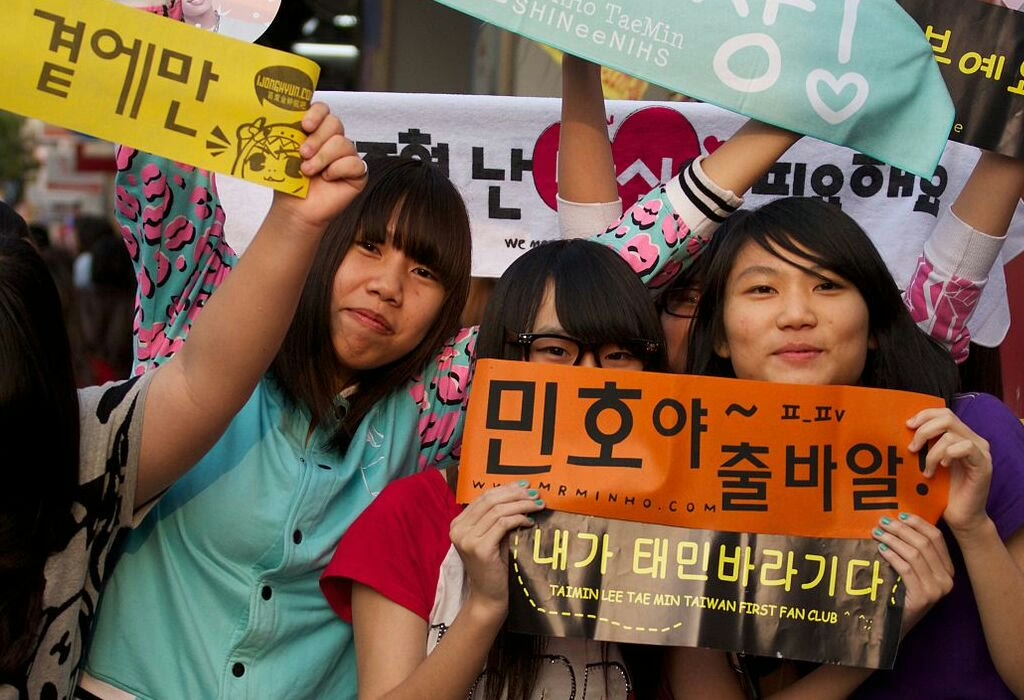
La influencia del K-pop en las tendencias turísticas
Here’s how K-pop’s international success is changing South Korean travel.
Aumento de visitantes internacionales
Según un estudio más de 35% de turistas adolescentes y una cuarta parte de los veinteañeros visitaron Corea del Sur para realizar actividades relacionadas con el K-pop, como asistir a conciertos o visitar lugares famosos. Las campañas turísticas potencian esta tendencia recurriendo a embajadores famosos.
Por ejemplo, el actor de drama coreano (K-drama) Park Bogum fue nombrado embajador honorario para 2025 Korea Tourism, mientras que Jennie, de Blackpink, se convirtió en embajadora honoraria de la Organización de Turismo de Seúl. Su poder de atracción atrae a más turistas.
Nuevos itinerarios y destinos
Ahora los aficionados construyen itinerarios enteros en torno a lugares emblemáticos del K-pop y los K-dramas. En lugar de visitar lugares famosos, los viajeros visitan localizaciones de vídeos musicales, edificios de agencias de entretenimiento y salas de conciertos. Algunos rastrean los restaurantes y acogedores cafés a los que acuden sus ídolos favoritos para empaparse del ambiente.
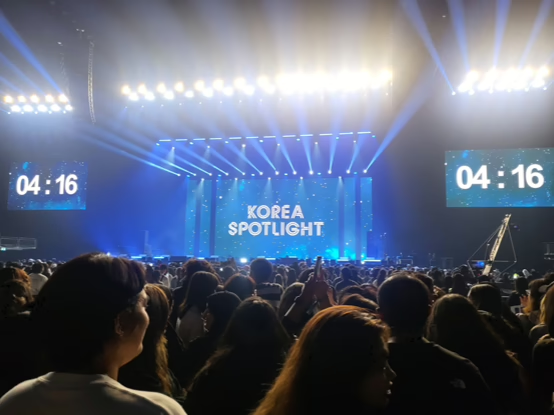
El auge de los viajes basados en la experiencia
La ola coreana ha llevado a más visitantes a buscar experiencias de estilo de vida únicas. En lugar de hacer turismo, muchos fans se apuntan a clases de baile de K-pop, asisten a espectáculos en directo y se relajan en cafés cercanos a edificios de ocio, con la esperanza de un encuentro fortuito con sus ídolos. Los viajeros de hoy anhelan momentos significativos y conexiones reales por encima de cosas materiales como los recuerdos.
Este enfoque basado en la experiencia es ideal para un viajero minimalista como usted, que valora más los recuerdos que las cosas materiales. Al fin y al cabo, lo que una vez viste en pantalla puede convertirse en tu historia.
Crecimiento de las giras temáticas de K-Pop
Las agencias de viajes ofrecen ahora circuitos de K-pop y K-drama, con visitas a lugares emblemáticos. Por ejemplo, el tour BTS Army Fan Day visita lugares donde el grupo actuó, grabó vídeos musicales y cenó.
If you’re a multi-stan — a fan who supports multiple groups or artists — you may enjoy a Seoul group tour, which visits the KBS building and HiKR Ground’s K-pop-themed zones. Temporary exhibitions and pop-up stores for new music releases or anniversaries are also popular.
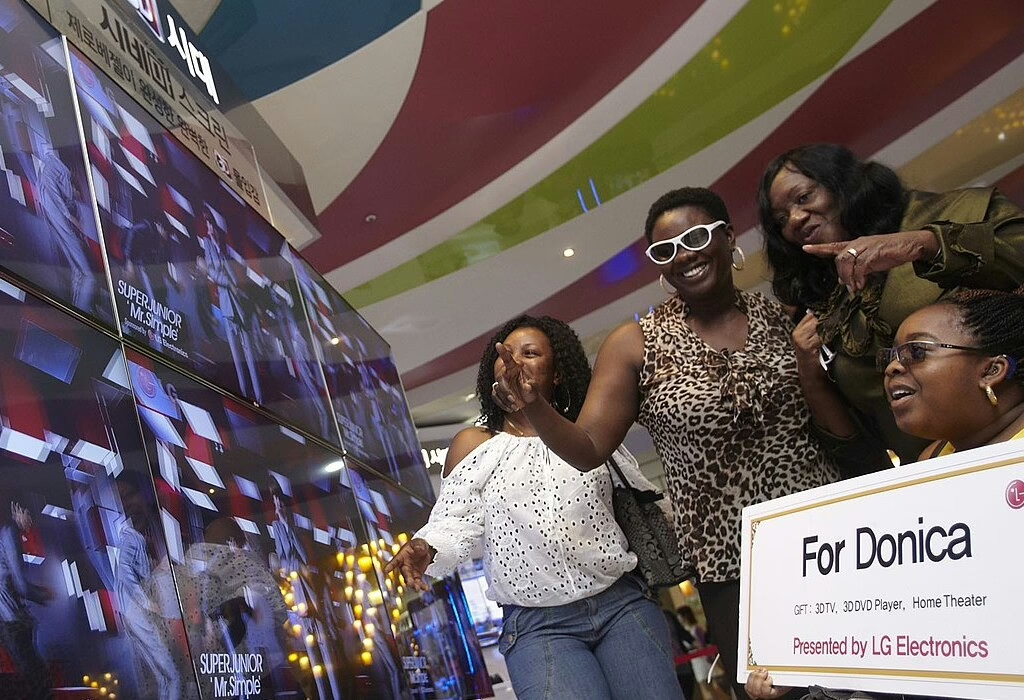
Impacto en las empresas locales
El turismo del K-pop tiene un impacto positivo en los negocios locales, como cafeterías, tiendas de recuerdos, restaurantes y otras zonas frecuentadas por los fans. Las cafeterías de los familiares de los ídolos del K-pop son lugares de visita obligada. Muchos establecimientos cercanos a las agencias de espectáculos se benefician de los fans que esperan ver a los ídolos.
Seúl es un paraíso del merchandising oficial del K-pop, con tiendas que venden bastones luminosos, álbumes, tarjetas fotográficas, ropa y accesorios. En KTown4U, en Gangnam, los fans pueden comprar artículos exclusivos de la marca, hacerse una foto de cuatro cortes y aprender coreografías con un profesor de baile profesional.
Mayor interés por la lengua coreana
Muchos aficionados aprenden coreano para conectar más profundamente con la cultura durante sus viajes. El interés cultural internacional por el coreano se ha disparado, y los estadounidenses se matriculan en cursos de esta lengua. creciendo un 13,7%. Esto puede atribuirse en parte al deseo de aprender las letras de los continuos éxitos masivos del K-pop que se han lanzado en la última década. Para estos viajeros, la música es un divertido profesor de idiomas y una inspiración para sumergirse en la cultura.
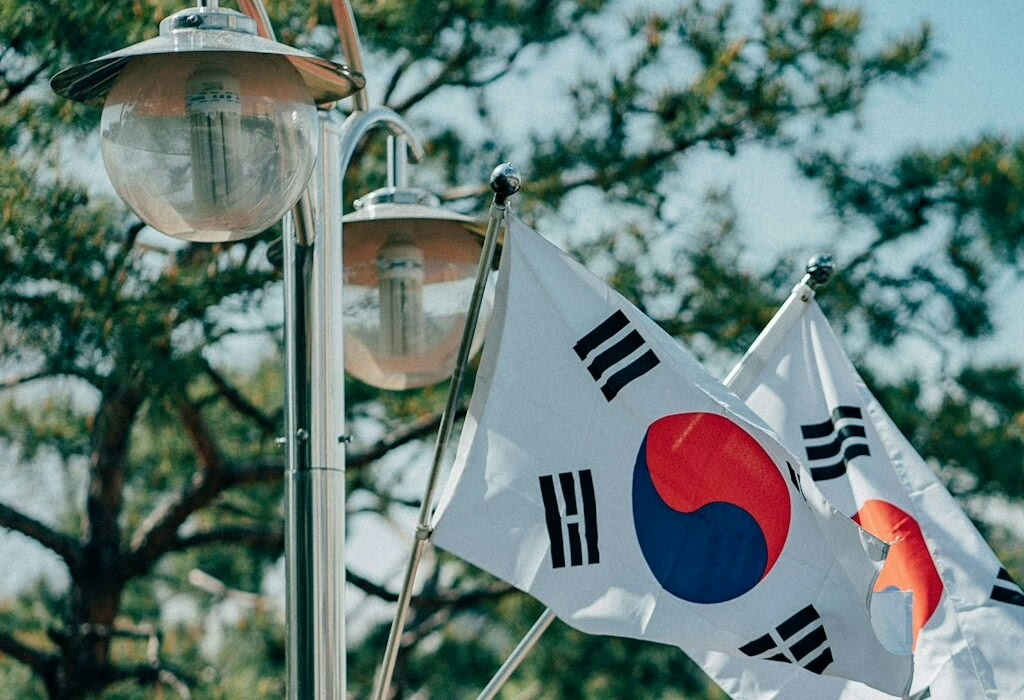
Planifique su viaje inspirado en el K-Pop
Haga realidad sus sueños de fan con estos lugares imprescindibles del K-pop.
Sede de las Agencias de Entretenimiento
A K-pop fan’s travel itinerary isn’t complete without a trip to the “Big Four” K-pop agencies, including HYBE Corporation, SM Entertainment, JYP Entertainment and YG Entertainment. Here’s what you can do in each iconic location:
- HYBE Corporation: Hazte fotos delante del emblemático edificio. Descubre a otros fans, únete a proyectos de fans o visita las cafeterías cercanas que ofrecen productos especiales de BTS o HYBE.
- SM Entertainment: Hazte fotos en el moderno edificio acristalado y visita el COEX Artium para comprar productos oficiales. A veces, los fans se reúnen para ver a artistas como EXO, NCT y aespa entrando o saliendo del edificio, pero por favor, sé respetuoso.
- JYP Entertainment: Visita las cafeterías y tiendas cercanas que exponen obras de arte de fans o acogen eventos de mangas de taza para TWICE, Stray Kids o ITZY.
- YG Entertainment: Tome fotos en el emblemático edificio de YG. Visita los cafés cercanos y conecta con otros fans.
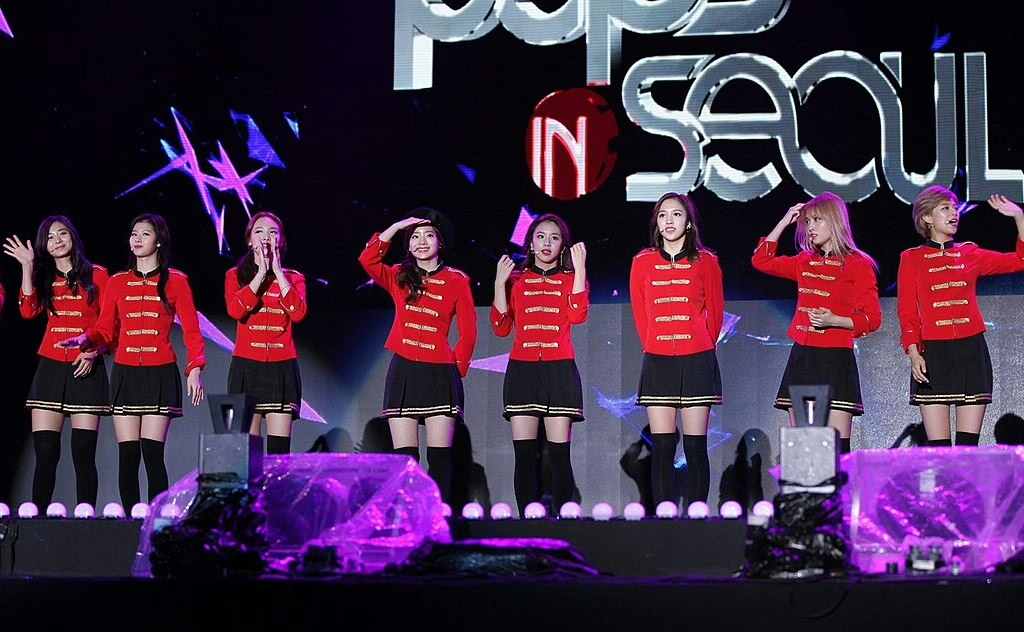
HiKR GROUND
This immersive space is the perfect place for Instagrammable photos. Admission is free, and each floor offers a different experience. It features iconic K-pop zones, like the spaceship room from aespa’s “Next Level” and the coin laundry room in BTS’s “Permission to Dance” music video. Afterward, head to the fifth floor to enjoy tea and views of Cheonggyecheon Stream.
Cafés emblemáticos
Ir de cafés en cafés, especialmente en los que son propiedad de las familias de los ídolos del K-pop, es una forma divertida de empaparse de la escena local. Quién sabe, puede que incluso vea a su famoso favorito. Estas son algunas de las cafeterías imprescindibles de Seúl:
- Café Kamong: Este humilde café es propiedad de la hermana mayor de Kai, de EXO. Tiene una decoración pintoresca y obras de arte en las paredes. Hay que probar los esponjosos gofres.
- Mouse Rabbit Cafe: Propiedad del hermano de Yesung, de Super Junior, esta cafetería de tres plantas es conocida por su oferta de calidad. Prueba el batido de helado y el pan de miel.
- Café Far Ben: Drop by this cafe if you’re a BTS fan. It is owned by RM’s younger sister and offers delicious pastries, like tiramisu, carrot cake and cinnamon rolls.
- Café Yogur Bara: This place is a must-visit for Got7 fans. It’s owned by Jay B’s parents and offers homemade yoghurt, coffee and fruit teas. If you’re lucky, you can exchange stories with Jay B’s parents.
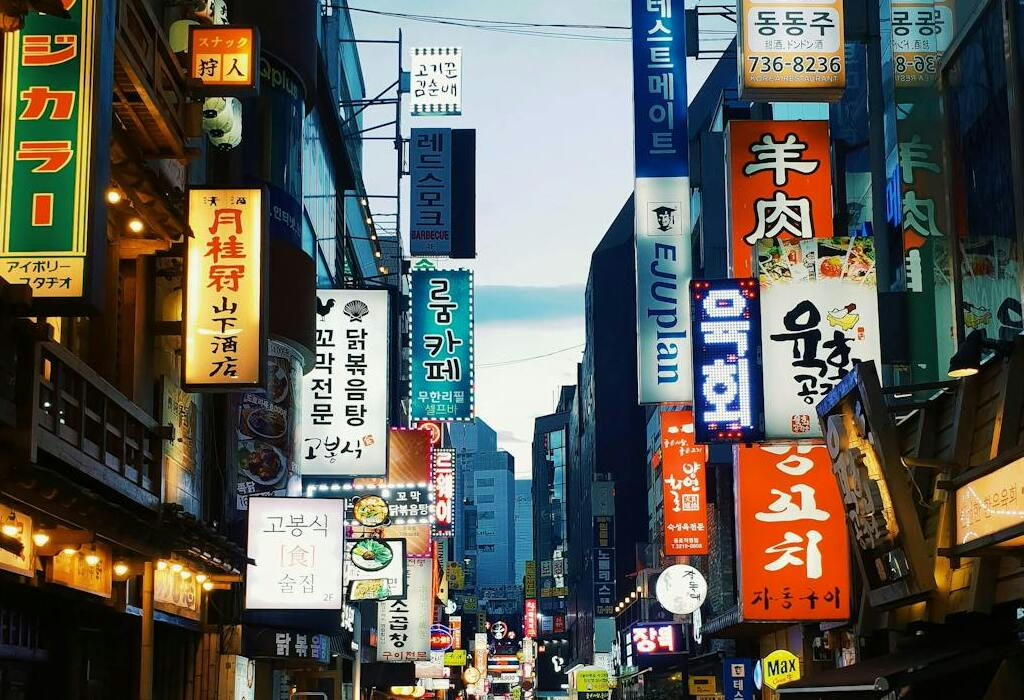
Sala abierta del SBS
Ningún viaje de K-pop está completo sin asistir a un espectáculo musical en directo. Intente conseguir una entrada para SBS Inkigayo, el emblemático programa musical de los domingos. Anime a sus ídolos favoritos y descubra grupos novatos en un mismo escenario. Sin embargo, las entradas son limitadas y la demanda es alta. Muchas agencias ofrecen servicios para ayudarle a asegurarse un sitio dentro del SBS Open Hall.
Estudio de danza 1Million
¿Te gustan los retos de baile del K-pop? Tome una clase de baile con un profesional en 1Million Dance Studio para aprender rutinas de baile icónicas. Aprende junto a otros turistas en un estudio con espejos, muy parecido a los de las prácticas de baile en grupo de K-pop.
Asistir a la clase es fácil: instala la aplicación móvil 1Million para ver el horario, incluido el profesor de baile, el tema y el nivel de dificultad. Compra una entrada o un paquete de grupo si vas con amigos y familiares. Las clases duran unos 80 minutos, tras los cuales puedes charlar con tu instructor o compañeros.
Myeongdong
Myeongdong, un famoso distrito comercial, es un paraíso para los fans que buscan productos para el cuidado de la piel y artículos de K-pop. Music Korea es un establecimiento que vende álbumes, vinilos y cajas de ediciones especiales. K-pop Friends ofrece artículos variados, como revistas, bastones luminosos oficiales, fotolibros y muñecas. Visite Myeongdong Underground Mall para comprar calcetines, pósters, camisetas y postales extravagantes con temática K-pop. Es el lugar ideal para comprar recuerdos para amigos y familiares.
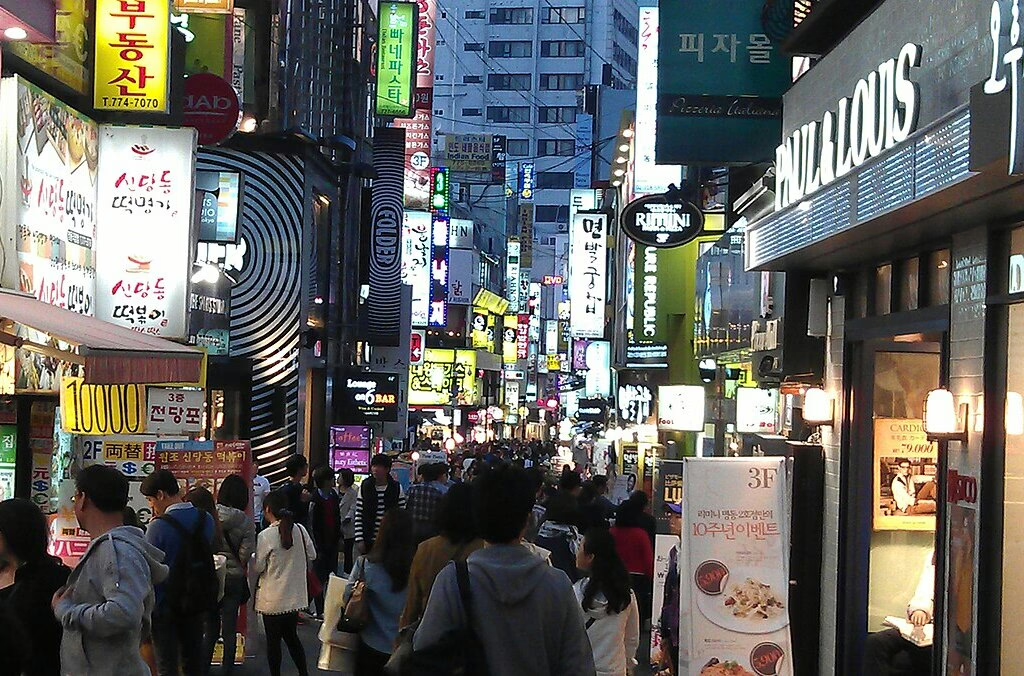
Qué hacer antes del viaje
Viajar a Corea del Sur es el sueño de muchos fans del K-pop. Sin embargo, para que el viaje sea un éxito hay que planificarlo cuidadosamente. Tenga en cuenta los siguientes consejos antes de iniciar su aventura K.
Aprender frases básicas en coreano
If you’re a K-pop fan, you probably know a couple of Korean words, but aprender palabras básicas relacionadas con la alimentación puede ayudarle a pedir comida y a encontrar buenos sitios para comer. Aquí tienes algunas palabras comunes:
- Igeo: Este
- Masisseoyo: It’s delicious
- Maepji anhge haejuseyo: Por favor, que no sea picante
- Mul: Agua
- ¿Eolmayeyo? ¿Cuánto cuesta?
Recuerde termina tus frases en -yo when talking to older people and add -ssi after saying someone’s name when addressing them. A quick bow is also a respectful greeting. It’s always better to be overly polite than to unintentionally offend someone.
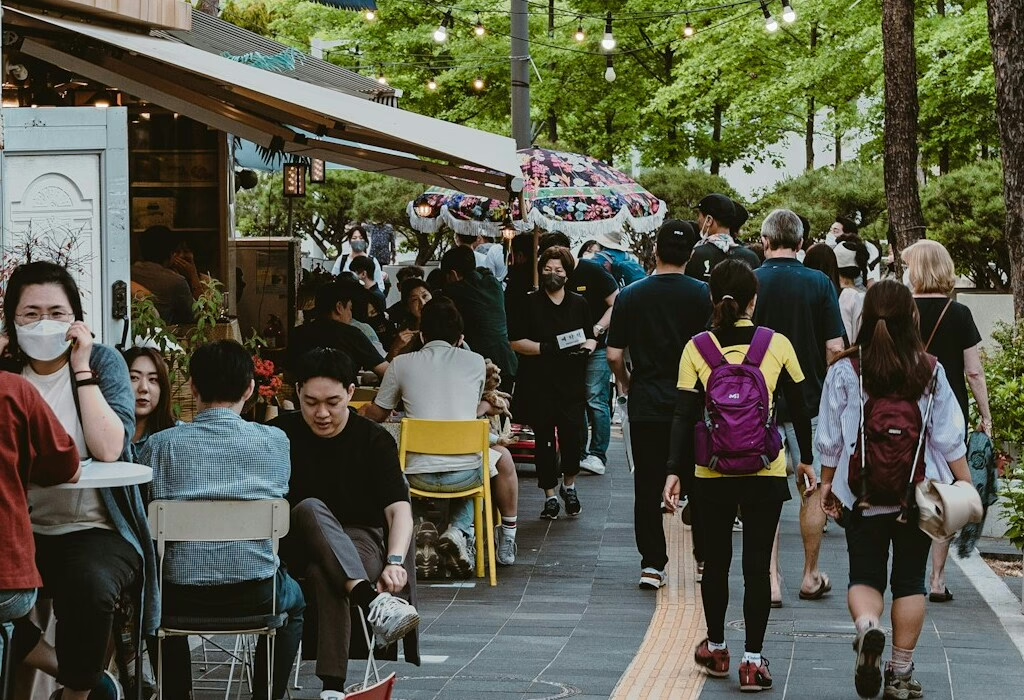
Descargar aplicaciones útiles
Aunque algunos coreanos hablan inglés, la comunicación puede resultar difícil. Google Translate será de gran ayuda para las comunicaciones, especialmente para las indicaciones. La aplicación admite más de 100 idiomasTambién puede aprender coreano, lo que le permitirá comunicarse con los lugareños, sobre todo cuando pregunte por una dirección.
KakaoMap ofrece información de tráfico en tiempo real y rutas de transporte público. KakaoT es una aplicación de taxi, alquiler de bicicletas y aparcamiento. Descarga e instala estas aplicaciones antes de tu viaje.

Reservar alojamiento con antelación
Cada uno de los diversos barrios de Seúl ofrece un ambiente único. Aquí tienes opciones para reservar alojamiento con antelación:
- Hongdae: Conocida por los espectáculos callejeros y la escena indie, es ideal para jóvenes y mochileros. Los hostales económicos y los elegantes hoteles boutique se llenan rápidamente.
- Itaewon: Reserve aquí si disfruta de una animada vida nocturna. Los eventos que se celebran en Itaewon durante todo el año atraen a multitudes, por lo que es crucial reservar con antelación.
- Jongno: La zona goza de una ubicación céntrica para explorar los principales lugares de interés. Las pensiones tradicionales coreanas suelen reservarse rápidamente.
- Myeongdong: Un famoso distrito comercial, ideal para quienes disfrutan de las calles bulliciosas. Myeongdong está muy concurrido todo el año, por lo que se recomienda reservar con antelación.
- Insadong: Una pequeña zona repleta de hoteles boutique, pensiones tradicionales y establecimientos culturales, como tiendas de té y souvenirs.
Únete a los viajes en grupo
Busque ofertas como descuentos de grupo para ahorrarte unos 20% on your costs. For instance, a guided group tour of the Demilitarized Zone — the area that separates North and South Korea — offers an enriching experience beyond K-pop.
Únase a las visitas a lugares de interés histórico. Seúl cuenta con palacios reales, como el Palacio Gyeongbokgung, el Palacio Changdeokgung y el Palacio Changgyeonggung. Alquile un hanbok -ropa tradicional coreana- y saque fotos por la zona. Son visitas obligadas si le gustan los dramas históricos coreanos.
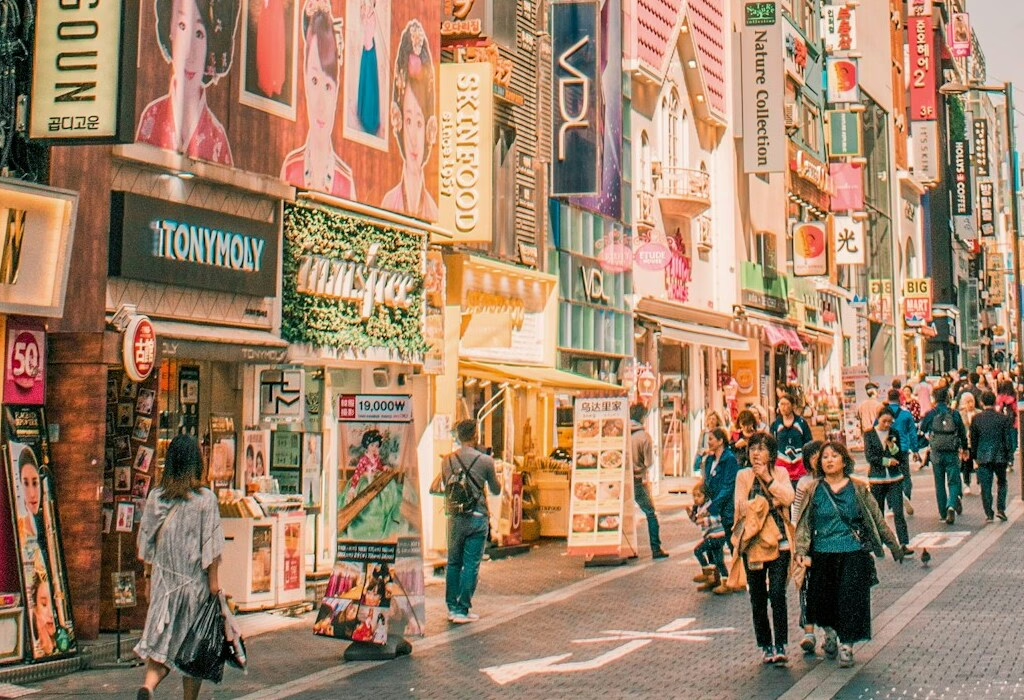
Empaquetar adecuadamente
Corea del Sur tiene cuatro estaciones, así que empaquete como corresponda. Here’s a simple packing guide per season:
- Primavera: De marzo a mayo, el tiempo es fresco y fresco. Lleva varias capas de ropa, como un jersey o una chaqueta ligera.
- Verano: De junio a agosto, Corea del Sur es cálida y húmeda. Lleve ropa ligera y transpirable, y prepárese para la estación de los monzones.
- Otoño: Disfrute de un tiempo fresco y fresco de septiembre a noviembre. Lleva varias capas, como un jersey o una gabardina.
- Invierno: Esta estación trae consigo un frío intenso y un aire fresco. Experimenta la nieve con la ropa más abrigada, como un abrigo grueso, bufanda y guantes.
Lleve calzado cómodo para pasear por la ciudad. Otros artículos esenciales son un adaptador universal de viaje, un cargador portátil, un botiquín de primeros auxilios, medicamentos y artículos de aseo de tamaño de viaje. Las tarjetas de crédito están ampliamente aceptadas, pero hay que llevar algo de efectivo para las pequeñas tiendas y los vendedores callejeros de comida.

Respete la cultura local
Aunque no existe un código de vestimenta estricto, es buena idea vestir de forma presentable y modesta cuando se visitan lugares históricos y templos. Quítese los zapatos al entrar en casas y restaurantes tradicionales coreanos. Las mujeres coreanas no suelen llevar blusas escotadas, y los viajeros que las lleven pueden recibir miradas inoportunas.
La gente también valora la compostura en público. Evite hablar en voz alta en el transporte público. Si vas a dar o recibir algo de una persona mayor, utiliza las dos manos para cogerlo.
Prepárese para las aglomeraciones durante las grandes fiestas
Las aglomeraciones pueden ser grandes, sobre todo durante fiestas como Chuseok, donde las familias se reúnen y muestran gratitud a sus antepasados. Las fechas varían cada año, pero siempre se celebran en septiembre u octubre. El tráfico es denso, ya que la gente viaja a sus ciudades de origen. Confirme los horarios de apertura de las atracciones, tiendas y restaurantes que desee visitar semanas antes del viaje previsto.
Reserve sus vuelos, trenes, autobuses y alojamiento con meses de antelación. Si las multitudes le agobian, salga a dar un paseo en bicicleta. Dé un paseo por el río Han, como hacen los actores de K-drama y los ídolos del K-pop para relajarse. Si quiere escapar totalmente de la multitud, considere destinos alternativos como Busan, Danyang o la isla de Jeju.
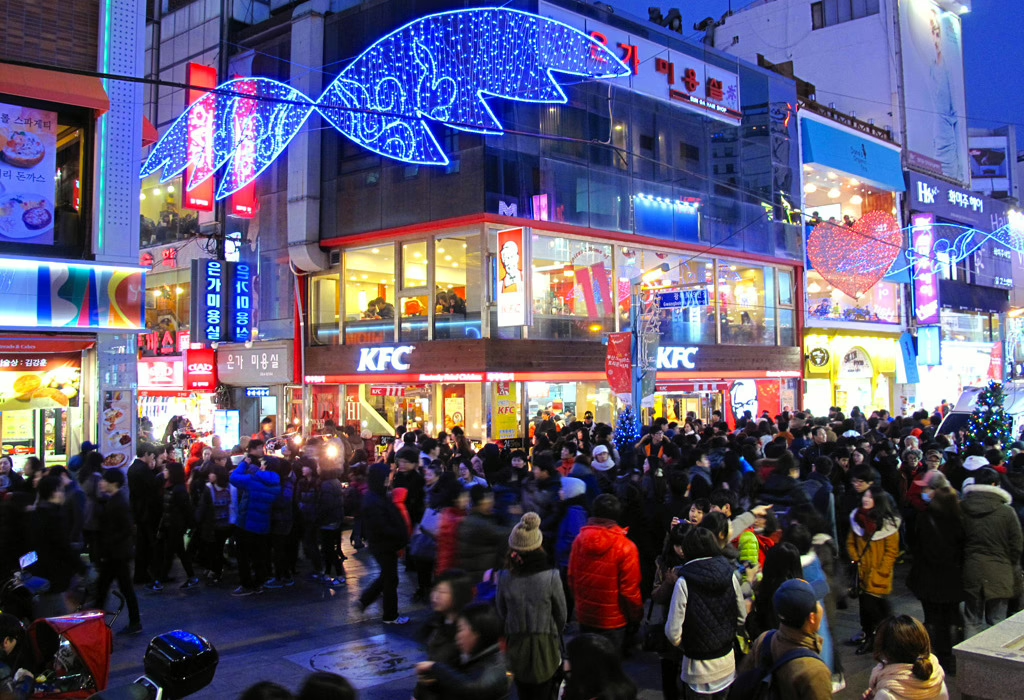
En la onda K: Viajes a Corea del Sur y K-pop
As K-pop’s influence continues to grow, you can expect new attractions and experiences in the future. Today’s travelers want to live the Hallyu experience firsthand, whether visiting pop-up cafes or attending espectáculos de música en directo. Si está listo para su propia K-aventura, siga estos consejos para un viaje inolvidable. Recuerde dejar espacio para la espontaneidad, porque a veces los momentos más memorables ocurren cuando se acepta lo inesperado.
Vídeo informativo
Jack Shaw Jack Shaw es escritor cultural independiente y viajero empedernido. Sus escritos se centran en explorar la comida, los estilos de vida y las bellas vistas de cualquier lugar al que la vida decida llevarle. Los relatos de sus viajes pueden verse en Modded, Trekaroo, The Travel Magazine y otros. Jack es un apasionado de las actividades al aire libre, y dedica gran parte de su tiempo libre a hacer rutas locales de senderismo y viajes de mochilero.
Puesto de colaboración: Las opiniones expresadas son las del autor externo y no reflejan necesariamente las del equipo editorial (véase nuestro política editorial).
